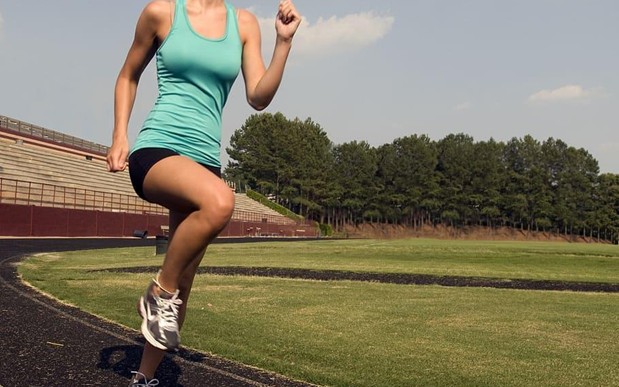An Osteopaths guide to recovery
Runners knee, known clinically as patello-femoral pain syndrome (PFPS) , is pain felt at the front of the knee, around the kneecap.
Who gets it?
Don’t let the name fool you, anyone can develop runners knee- though it more often strikes those of us who:
- Sit or kneel for long periods of time (desk or construction workers)
- Run, hike, squat on a regular basis
- Although these activities may seem like opposites, they have one thing in common: prolonged or repetitive bending of the knee.
Why me?
So, why is it that some people can sit or run for hours without problem, and others have pain?
You might have what us Osteopaths call contributing factors, which are specific to your unique body and/or lifestyle that might contribute to a particular problem developing. For instance:
- Females- women are twice as likely to have PFPS than men. This is suspected to be linked with the difference in our skeletal structure. Women tend to have wider pelvises which results in a steeper angle from the hip to the knee, known in medical terms as having a high “Q” angle.
- Patella (kneecap) maltracking- A common finding in PFPS is the kneecap resting or moving more toward the outer edge of the knee, this is usually associated with stronger outer thigh muscles and weaker inner thigh muscles, possibly as a result of training.
- Muscle tightness or weakness- whether it’s the muscles directly pulling on the kneecap or muscles around the thigh and pelvis, having some muscles much tighter or weaker than others alters the way we move and positions we adopt.
What now?
Once these factors are recognised, we can begin to adapt what we do to work in harmony with our bodies, treating the root of the issue not just the symptoms (as us Osteopaths are always obsessed with!).
- Get a pillow between your thighs if you’re a side sleeper, and try not to cross the legs! This will lessen the positional Q angle.
- Vary your route/direction: running repeatedly in a loop in the same direction can put more stain on one side of the body due to uneven loading. This might be further accentuated by surface slope- paths and roads are usually constructed on a slight gradient to promote rainwater drainage.
- Stretch your thigh muscles: warm up before running and stretch out your muscles after a long run or day on the desk, this will lessen the pull on the kneecap.

